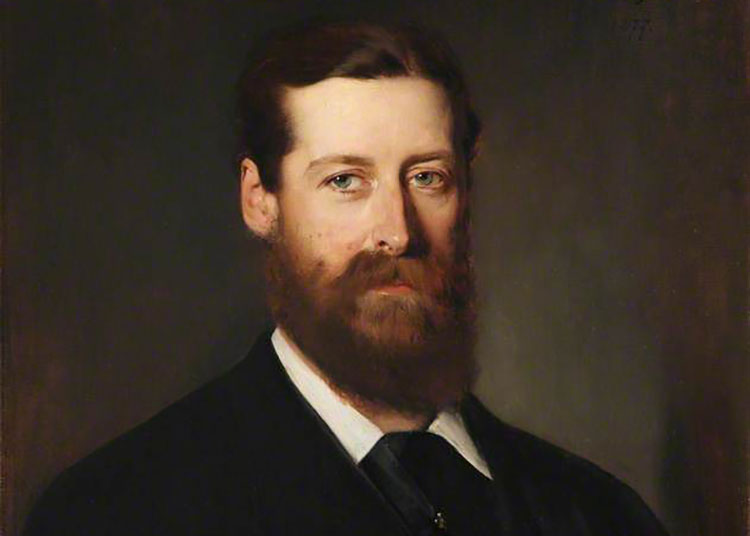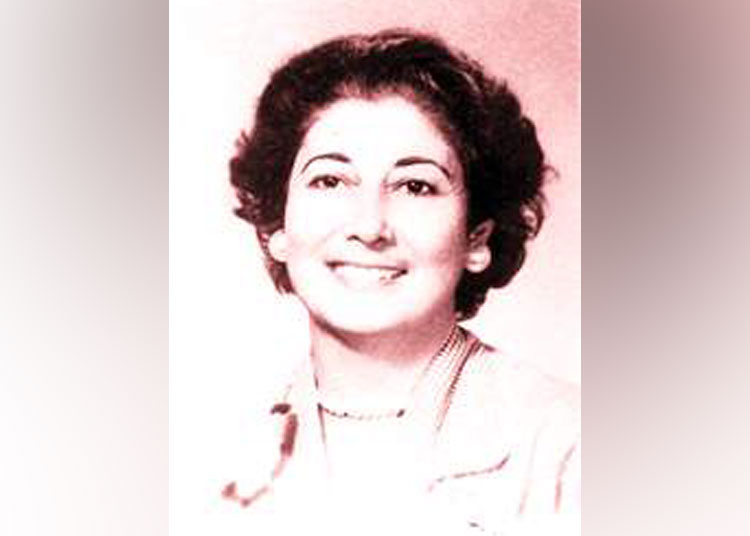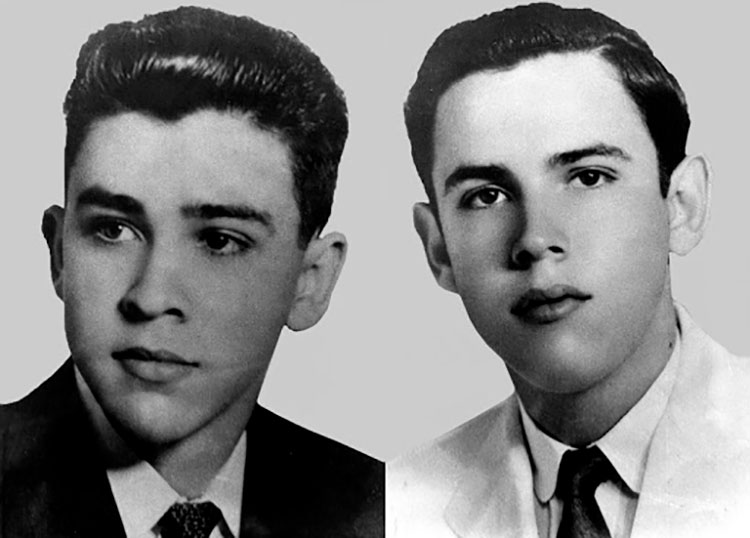Between 1740 and 1745, the union of the corrales San Juan (initial property of José Campos and José Pérez Monterrey), and Martínez (belonging to Manuel Álvarez), located on the Las Cruces ranch, gave rise to a hamlet that over the years became in the town of San Juan y Martínez.
Spanish capital promoted socioeconomic development in livestock, sugar, and tobacco. Since the 16th century, Las Yaguas, Cuchillas de San Simón, San Francisco and other herds and corrals were suitable for livestock.
In the mid-nineteenth century, San Juan had four sugar mills, and the lands of the Hoyos de Monterrey farm, acquired in 1860, began to produce exceptional quality tobacco.
At that time the town had a considerable number of inhabitants, grouped in 31 houses made of boards, tiles or guano and mud, on both sides of a single street, La Real. It had an infantry barracks, a billiards, two inns, an inn, a pharmacy, two bakeries, and four mixed shops.
Fifteen years later it would receive the title of town Dulce Nombre de Jesús.
With the introduction of the printing press, also in 1860, the newspapers El Correo (1883) appeared; La Atalaya (1885), El Veguero (1889)… to review the usual events, culture and civility of a town in effervescent growth.
From San Juan was Rafael Morales placeholder image, the patriot of the war of ’68, who sat a chair with his pedagogical actions. Pico de oro called him his contemporaries, for his elegant oratory and reformed the teaching methods and with the foundation of night classrooms he contributed to the education of hundreds of workers. In the bush, he also instituted a school, where he taught illiterate soldiers through a primer created by him. According to Martí, that young man, the famous son of his city, was “Of virile etiquette, steep and lively, verbose of thought and all steel and brilliance, as carved on a sword” .
San Juan was the Bayamo of the West. In the middle of the War of ’95, the settlers, in agreement with the Mambisa troops led by Antonio de Varona and Miranda, set the town on fire.
That flame of 1896 destroyed the architectural heritage of the colonial city. Only the church and some buildings on the periphery escaped the fire. For the reconstruction of the houses, the portal, the wooden and tile roofs, the L or C plan, several columns, balustrades and iron railings were used, giving the villa an airy, fresh and homogeneous appearance.
The 19th century was its moment of musical splendor: sextets, septets, brass bands and orchestras, animated the daily days. The Academy of Music and the Municipal Band emerged, directed by the teacher Jacobo González Rubalcaba; as well as the charanga of Carlos Soto, the Hermanos Iglesia orchestra and the San Juan and Hermanos Hernández septets gained notoriety.
The educational and recreational societies and others with a similar function, brought about the improvement of the quality of life, forming an indissoluble part of the cultural sap of San Juan y Martínez. In equal measure, they enlivened territorial identity.

San Juan was the cradle of Guillermo Montagú (1881-1953), who was a judge and magistrate of the Havana High Court and the Supreme Court, also a theatrical chronicler, poet, author of the novel of customs El Soñado, inspired precisely by his hometown.

Rosita Delgado, another of his illustrious daughters, composed his hymn for Saint John, evoking in his verses the bucolic charm of the town, by calling it “Western flower that you portray yourself in the crystal of the river”.

Sergio and Luis Saíz Montes de Oca they stamped their impetuous temperament in their lineage, with a forceful political and literary work, which today inspires the young Cuban artistic avant-garde.
San Juan, Mecca of Tobacco, matron of pedagogues, independentists, intellectuals, politicians, paradise land of lyrical river valleys, today preserves its cultural sensitivity, its rebellious lineage and the familiarity of those who inhabit it.
Sources consulted
- Encyclopedic Dictionary of Cuban Music. Editorial Letras Cubanas, 2009.
- History of Cuban Literature. Volume I. Editorial Letras Cubanas, 2005.
- The literary artistic culture in Pinar del Río. Collective of Authors. Loynaz Editions, 2014.
–


